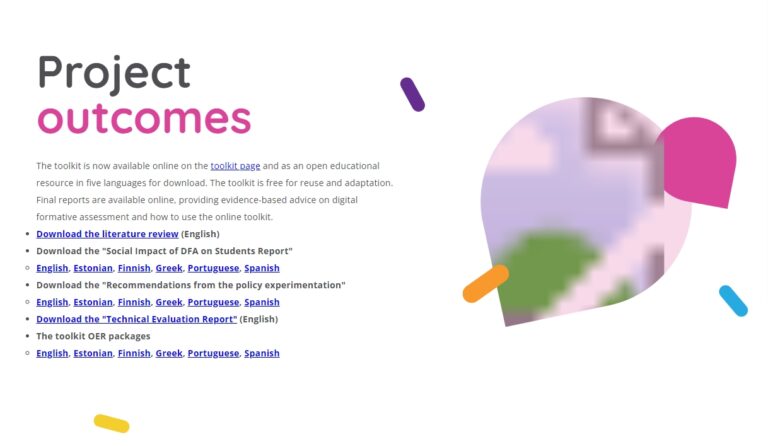INTRODUCTION
School and district leaders grapple with a daunting challenge—they must
reform policies and practices that currently contribute to opportunity and
achievement gaps. Despite district and school leaders’ best efforts, students
of color, low-income students, English learners, students with disabilities,
and those who are homeless or in foster care are more likely to fail math and
reading and are less likely to graduate. In order to resolve the achievement gap,
historical practices that focus on educational equality, treating all students
the same, must be replaced with efforts that advance educational equity,
ensuring all students have the resources they need so they graduate prepared
for success after high school.
The recent reauthorization of the Every Student Succeeds Act (ESSA) gives
greater responsibility to states and districts to advance equity at the local
level. Specifically, ESSA tasks states and districts to:
· Design standards and assessments that develop and measure higher-order
thinking skills for all students
· Use multiple measures to assess student and school performance and
progress
· Document resource gaps
· Consider the use of evidence-based interventions and strategies
to narrow the achievement gap.
District leaders must craft system-wide reform efforts that address academic
expectations, access to learning opportunities, high-quality instruction,
resource allocation, and accountability to achieve educational equity.
This brief provides strategies, resources, and tools to improve quality
of instruction and academic expectations in the classroom.
Connect with us :






